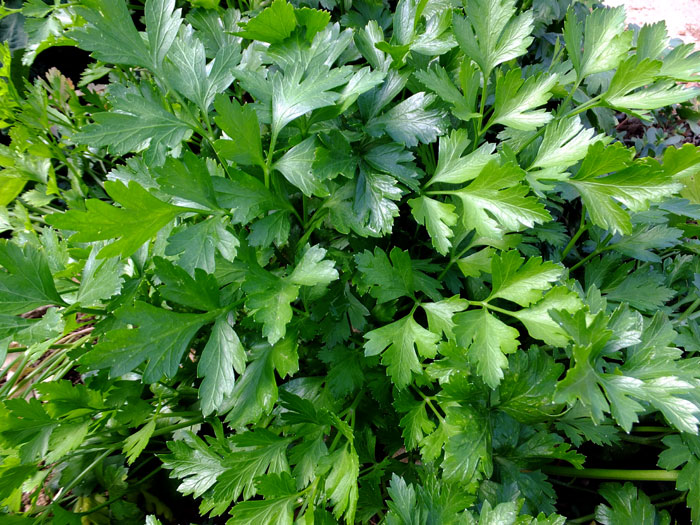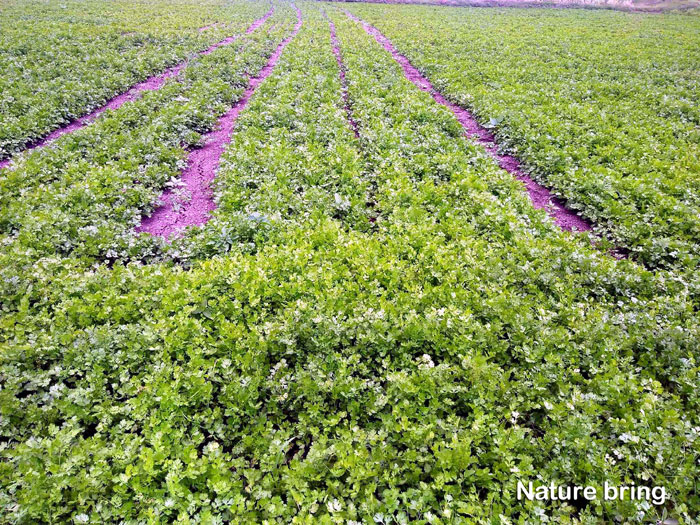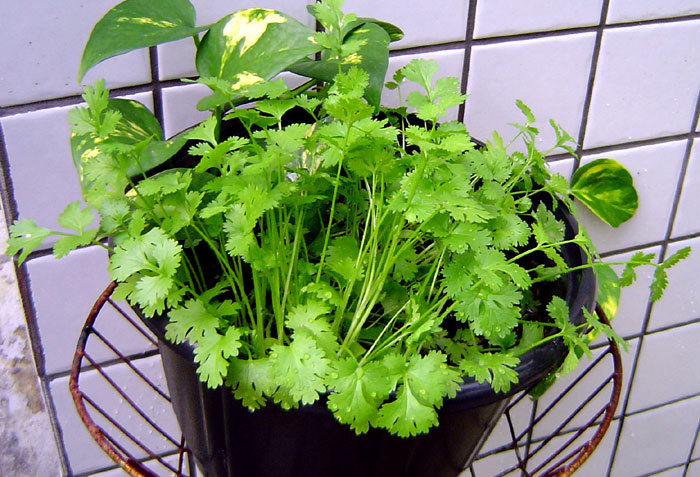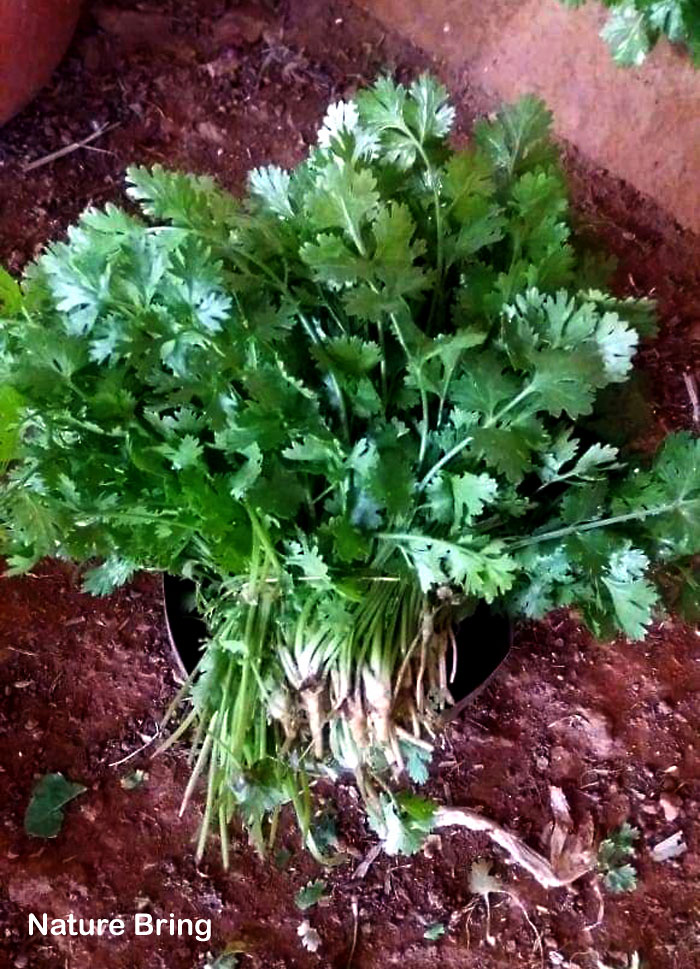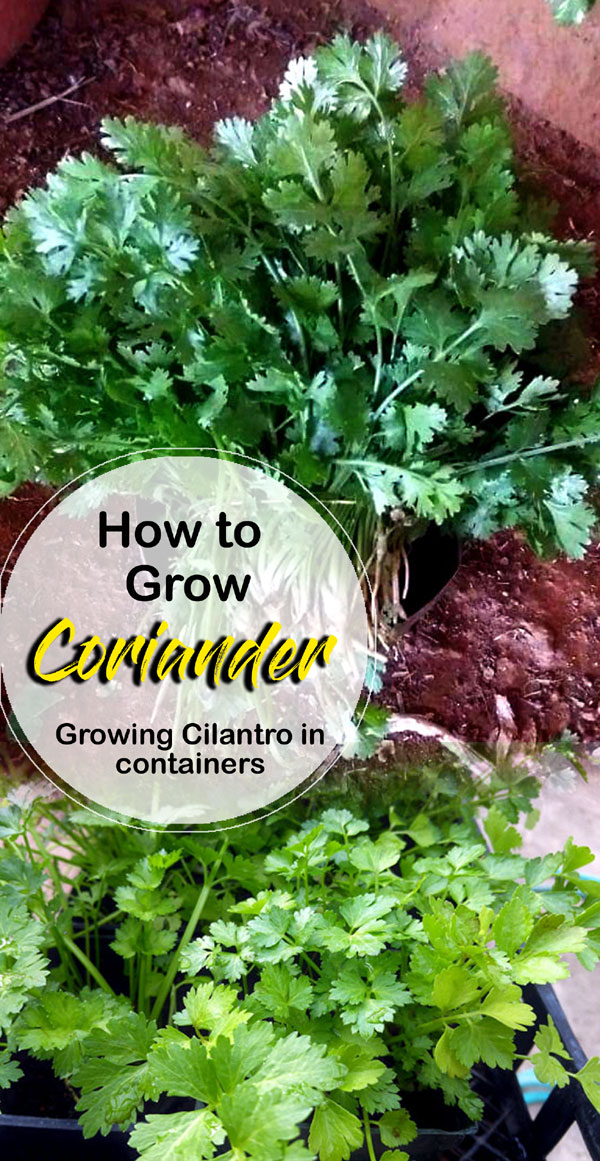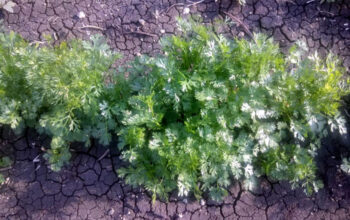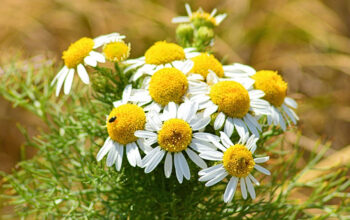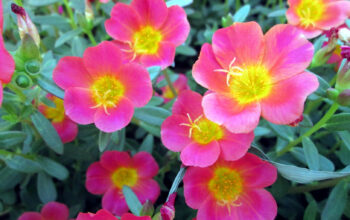Coriander, Cilantro
Learn How to Grow Coriander, Growing Cilantro in containers, care, harvest, and more about this herb. Coriander, Cilantro is a very popular plant, which is used almost in the whole world. In India, it is called Dhania and Cilantro in the West. Its green leaves and seeds are used every day in recipes. Coriander is used to enhance flavor in Asian food.
This major herb is also used in Chinese and Thai dishes. Both fresh leaves and seeds of coriander can be used, and both provide a different flavor, seeds are used as spices. The taste of the leaves is slightly bit bitter and can be cut into a dish or used as a garnish. You can grow coriander very easily in your country yard or terrace, it grows very fast.
Overview Cilantro
Scientific name Coriandrum sativum
Common name Coriander, Cilantro, Chinese parsley
Plants type Herb
Sun Full Sun, part Sun
Soil Loamy
Soil pH 6.5-7.5
USDA Zone 3-11
How to Grow Coriander
Soil and location
Loamy Well-drained and fertile soil are good for Coriander. If your soil is heavy, then improve the soil to use garden compost or well-rotted cow dung manure. If there is some kind of big lumps or stones in the soil then remove them. Coriander prefers the full sun position but requires a little shade during hot noontime. Its seeds grow rapidly in hot weather, which is important for its varieties of leaf. Read more.
Sowing Coriander time
The best time to produce coriander is late from spring to autumn. For the continuous supply of leaves in the summers, it should be sown a little bit every 3 weeks. Instead of transplanting it separately in trays, should be sown directly in the ground.
Spacing
Coriander seeds can sow well in groups of 5. The space between the row can be 20 centimeters and the distance between plants is 20 centimeters.
Watering
Coriander plants like moisture so keep the soil moist regularly. But do not wet the soil, good drainage is necessary because its roots are deep. Give water about 1-inch depth per week.
Humidity
Cilantro is especially developed in warm weather very easily. when the plants are around 70 ° F you will extend the harvest time.
Fertilizer
liquid fertilizer is good for this. Use organic manure to get organic coriander, feed it once a month for good production.
Growing Coriander seeds
- You can sow the whole coriander seeds, which is used in your kitchen, but it should not be too old. Otherwise, you can buy seeds from a seed store or a local grocery store.
- Place the seed on a paper and cover it with the same. With the help of a rolling pin, press the seed slightly. Crushing the coriander seeds, it grows rapidly.
- Information about some things is important to grow coriander in the summer season. First, choose a shaded space,
- A place where there is light, but no direct heat. For example, the shade of a small tree is better. Tree shade protects seeding from very high heat. You can also choose a corner of your garden, there is no direct sunlight.
- Sow the seeds thinner. Do not throw too many seeds in greed, it creates adverse effects. Thin planting of coriander seeds sprouts every seed well and allows to be thick and healthy.
- Cover the coriander seeds with light soil after sprinkling the seeds. Lightly sprinkle water, because the water pouring heavily, the seed will shake from its place. Regularly sprinkle water on the soil, the sprouted seeds can never completely dry up. Do not over-wet the soil, it can cause your seedling to die.
- Coriander takes a few days to germinate, so be patient. Give regular light water. Cut off the leaves from the crop at 4-6 inches. The more cutting, the more production will increase. Learn more.
What is the difference between Coriander and Cilantro?
Coriander and Cilantro are actually different parts of the same plant. Cilantro refers to the leaves of the plant, which is used in the form of herbs, while coriander is sown for seed, It is usually sown in the ground and used as a spice.
Growing Cilantro in pots
- Choose a suitable pot for Cilantro, which has a width of at least 18 inches and 10 inches in depth.
- Fill the pot with rich and well-drained soil. You can mix some organic fertilizers or composts in it. Sprinkle water into the soil thoroughly and moisten it. Sprinkle the seeds lightly over the soil and cover them with mild soil.
- After planting Coriandrum sativum, put the pot in a sunny place. Coriander requires full sun to grow, you can also keep it on the sunny window-cell. The seeds sprout in about 7-15 days.
- Keep regular moisture in the soil and keep mist lightly by the spray bottle. If you water on the soil, then it displaces the seed.
- When Cilantro crop length is 4 -6 inches, then it is ready for harvesting. Cut 2/3 leaves from the plant each week, it encourages the plant to keep growing. By harvesting this way, you can take four crops from one pot. Read more.
Pests and diseases
Cilantro is troubled by some common diseases and pests, although it can be controlled appropriately. Bacterial Leaf Spot, Soft Rot, Dumping-Off, and Powdery Mildew some common diseases that affect it. Avoid overhead irrigation, add water early in the morning, so that the plant dries well, this will reduce the chances of disease.
Aphids, Armyworms, Cutworms and Root-knot nematodes, etc are common insects. If there are minor infections, separate the infected area by cutting it, otherwise take additional management measures. Apply pesticides to reduce nematodes.
Main Varieties Coriandrum sativum
Coriandrum sativum: This type is used for leaves and seeds.
Lemon: Its leaves have a sour taste, it is grown due to the taste of the leaves.
Calypso: There are full plants and grow slower.
Cruiser: Its leaves are large and full plants.
Santa: There is a variety of leaves like a bush, it is a slow-growing plant.
Harvesting Cilantro
Once coriander leaves are about 6 inches long, you can harvest cilantro leaves. Gently pinch the upper part of the plant, this will bring more new leaves. If your plants have flowers, do not harm them. Because its flowers are also fragrant and edible.
After flowering, green seeds come in cilantro plant, they can be harvested. This also enhances the taste of food. You can wait till its drying, which later comes to work for spice. In the green color seeds, the taste is fresh, they can be kept in the refrigerator for several weeks.
Read also: 8 Best Frugal gardening tips. Growing and care about Pansy flowers. Growing Celery in containers. How to grow Jade Plant. Mulberry tree growing at home. Grow Cantaloupe in containers. Plumeria growing and caring guide. Clove plants growing and caring tips. Anthurium plant Growing indoors. Kiwi fruit Growing in containers. Houseplant care. Black pepper growing and caring tips. How to grow Onion in containers. How to grow Soybeans in containers. Basil easy growing in containers. 8 common Gardening mistakes.
Happy gardening
For Pin:

